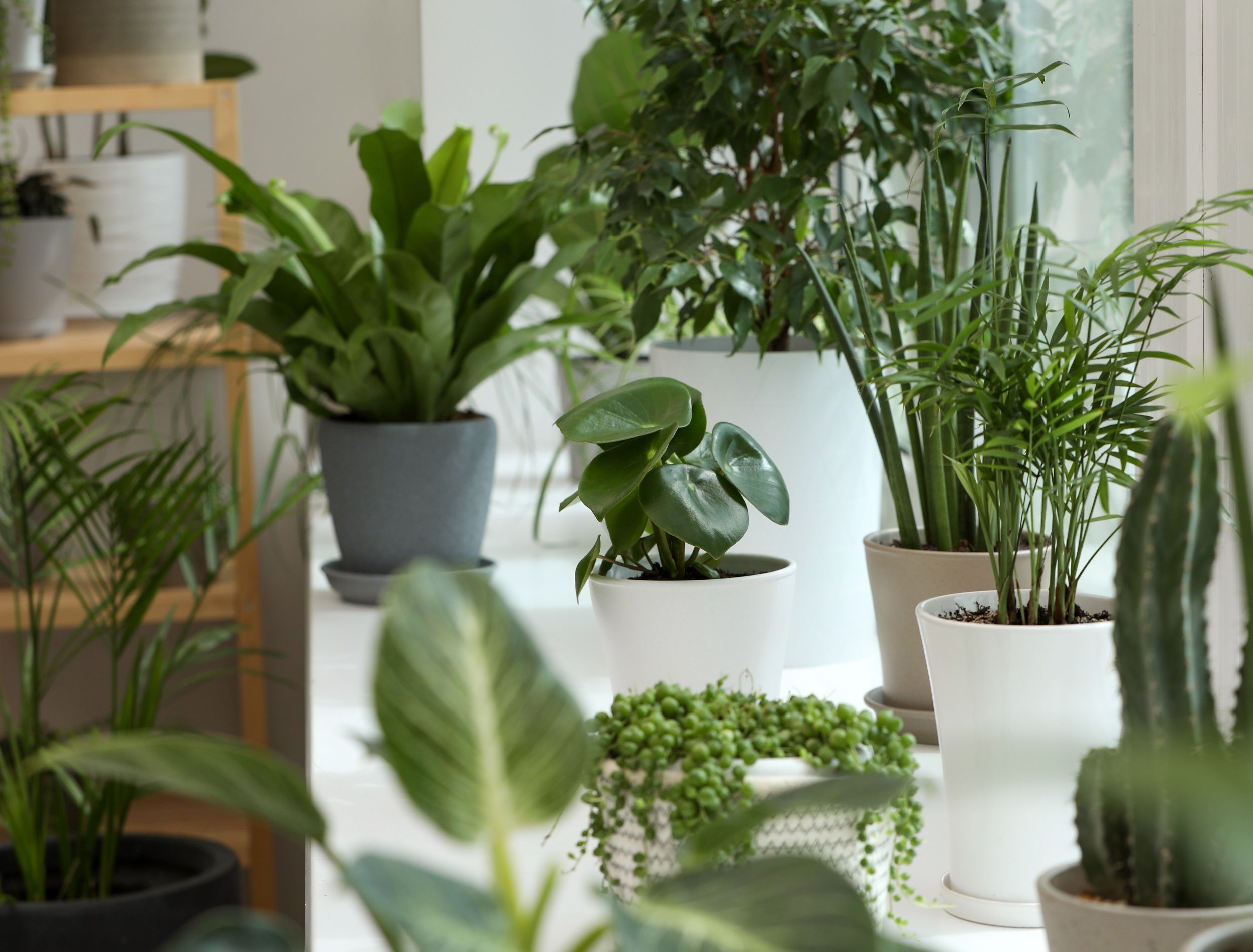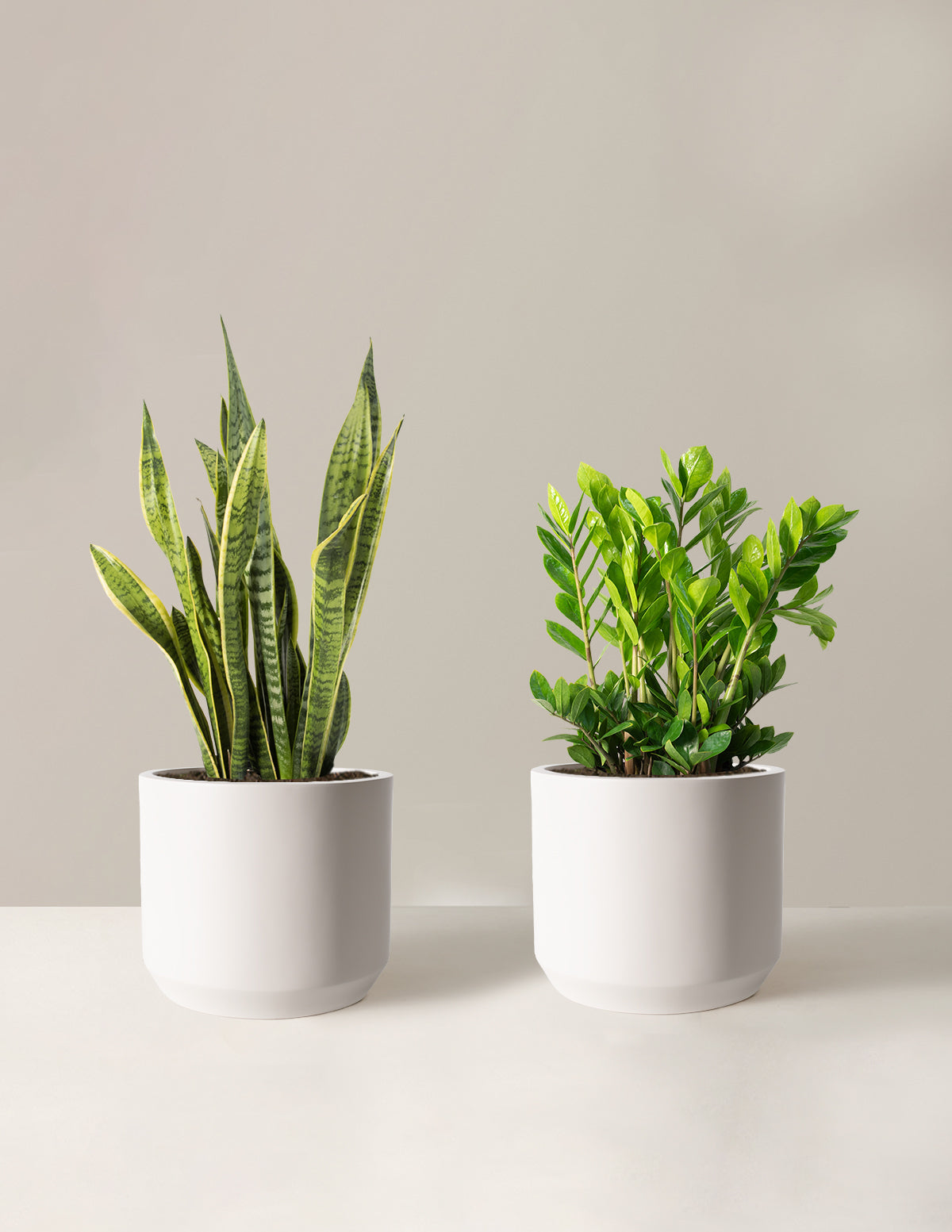Discover the Best Low-Light Indoor Plants for Your Home or Office Space
Discover the Best Low-Light Indoor Plants for Your Home or Office Space
Blog Article
Transform Your Home With Beautiful Low-Light Indoor Plants and Their Advantages
Including low-light interior plants into your home can considerably boost both the ecological and aesthetic high quality of your space. These plants, which prosper in dark conditions, offer not only as attractive aspects however also as all-natural air cleansers, making them perfect for metropolitan residents or those with limited sunshine direct exposure. As we discover the different types of low-light plants and their benefits, you might discover unusual methods to integrate them right into your home that can transform your surroundings in means you might not have actually prepared for.
Advantages of Low-Light Plants
Low-light plants use countless advantages for indoor environments, making them an exceptional option for both beginner and knowledgeable garden enthusiasts. Among the main benefits is their adaptability to low-light problems, permitting individuals to enhance their home without the demand for considerable sunshine direct exposure. This characteristic makes them optimal for apartment or condos, offices, and various other areas with limited natural light.

Moreover, integrating low-light plants into home decoration can elevate the visual charm of an area. Their rich vegetation and varied textures create a relaxing environment, adding to general health. Last but not least, the presence of plant has been linked to lowered tension degrees and boosted productivity, making low-light plants a functional option for improving both physical and mental health and wellness in indoor setups.
Top Low-Light Indoor Plants
While several indoor plants prosper in bright light, a number of types are especially fit for low-light conditions, making them optimal for different interior rooms. One popular option is the Serpent Plant (Sansevieria), known for its striking upright leaves and durability, requiring marginal treatment. Another superb choice is the Pothos (Epipremnum aureum), which includes heart-shaped leaves and can trail beautifully from wall mounts or shelves, thriving in reduced light and adding a rich touch.
The ZZ Plant (Zamioculcas zamiifolia) is celebrated for its glossy leaves and capacity to endure disregard, making it ideal for hectic lifestyles. In a similar way, the Tranquility Lily (Spathiphyllum) not just tolerates reduced light yet likewise creates spectacular white flowers, improving any type of room's visual.
For an one-of-a-kind touch, take into consideration the Cast Iron Plant (Aspidistra elatior), which without a doubt meets its name, prospering in the darkest edges of your home. Finally, the Chinese Evergreen (Aglaonema) provides a range of fallen leave patterns and shades while being extremely flexible in low-light conditions. These plants not just beautify interior settings however additionally add to air purification, improving your home.
Care Tips for Low-Light Plants

Watering practices are important; these plants usually favor somewhat dry problems. Overwatering can bring about root rot, so make certain that the leading inch of dirt is dry prior to sprinkling again. Use pots with drainage holes to allow excess dampness to get away.
Humidity is another crucial element. Numerous low-light plants, such as brushes and peace lilies, take advantage of higher humidity degrees. To raise humidity, consider misting the leaves or putting a tray of water near the plants.
Fertilizing should be approached with caution. Throughout the expanding period, use a thinned read this down, well balanced liquid fertilizer every month to sustain development, yet prevent feeding throughout the dormant cold weather.

Imaginative Ways to Show Plants
Interior plants can function as fascinating prime focus in any kind of area, boosting both aesthetic charm and ambiance. Innovative screens can boost the visual effect of low-light plants, making them an indispensable part of your home decor. One reliable technique is to use tiered plant stands, which allow you to showcase several plants at varying elevations while making the most of flooring room.
Hanging planters are an additional cutting-edge alternative, creating a sense of deepness and drawing the eye upward. Take into consideration macramé wall mounts or wall-mounted racks to introduce an unique structure and design.
For an extra organized strategy, use geometric terrariums or glass containers to house your plants, adding a contemporary touch to your interior garden. You can likewise repurpose vintage items, such as teacups or wood cages, for an eclectic screen that mirrors your individuality.
Enhancing Home Atmosphere With Plants
Incorporating low-light plants into your additional reading home not just improves aesthetic charm yet also contributes dramatically to the overall setting. These plants work as all-natural style components, presenting a sense of serenity that can transform any room. The presence of greenery promotes a soothing atmosphere, which is particularly beneficial in high-stress environments such as home workplaces or living areas.
Low-light plants, such as serpent plants, pothos, and ZZ plants, are not only cosmetically pleasing yet additionally boost indoor air top quality by filtering system toxins. This dual feature improves the ambiance better, producing a much healthier home (Best low-light indoor plants). The tactical positioning of these plants can additionally influence the perception of room; as an example, high plants can draw the eye upwards, making ceilings show up greater and spaces much more large
Furthermore, differing structures and colors of vegetation include depth to interior decoration, allowing for imaginative expression in home styling. Whether put on shelves, in edges, or as centerpieces, low-light plants can boost the mood of any type of room. In summary, integrating these plants into your home is an efficient method to cultivate a cozy, welcoming environment while profiting of boosted air high quality and visual adaptability.
Verdict
Including low-light interior plants into home environments offers countless advantages, including enhanced visual allure and enhanced air quality. see here now These resistant plants, such as the Serpent Plant and Tranquility Lily, require minimal light and maintenance, making them ideal for varied way of livings.
While lots of indoor plants flourish in bright light, several species are specifically fit for low-light problems, making them excellent for numerous indoor areas. One efficient technique is to use tiered plant stands, which allow you to showcase multiple plants at differing elevations while maximizing flooring room.
Low-light plants, such as serpent plants, pothos, and ZZ plants, are not just cosmetically pleasing yet additionally enhance interior air high quality by filtering toxins. Best low-light indoor plants. The critical positioning of these plants can likewise affect the understanding of space; for instance, high plants can draw the eye up, making ceilings appear greater and rooms a lot more spacious
These durable plants, such as the Serpent Plant and Tranquility Lily, need marginal light and maintenance, making them appropriate for varied lifestyles.
Report this page